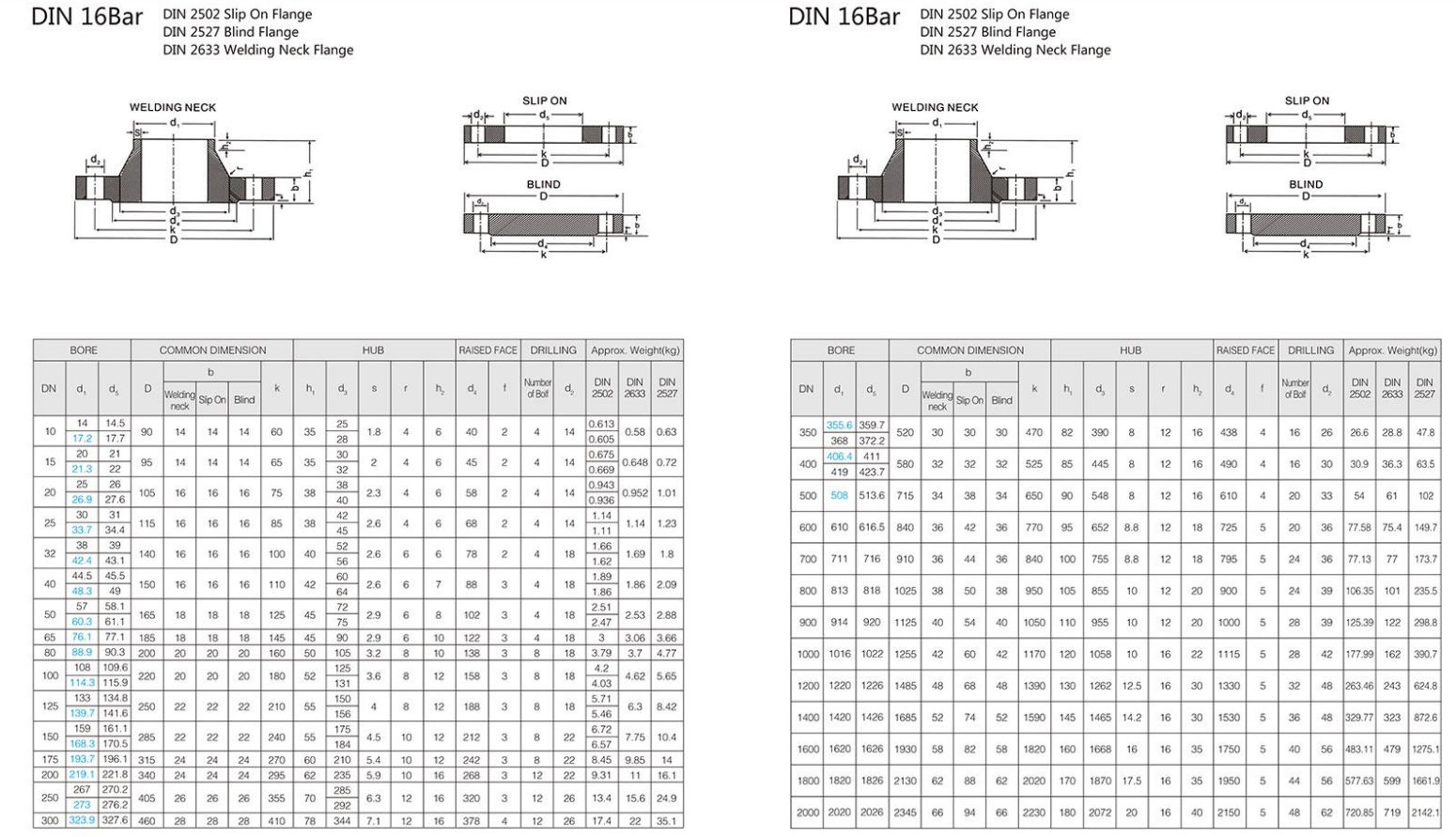-
Cangzhou Yulong Steel Co., Ltd.
-
Phone:
+86 13303177267 -
Email:
admin@ylsteelfittings.com
- English
- Arabic
- Italian
- Spanish
- Portuguese
- German
- kazakh
- Persian
- Greek
- French
- Russian
- Polish
- Thai
- Indonesian
- Vietnamese
- Zulu
- Korean
- Uzbek
- Hindi
- Serbian
- Malay
- Ukrainian
- Gujarati
- Haitian Creole
- hausa
- hawaiian
- Hebrew
- Miao
- Hungarian
- Icelandic
- igbo
- irish
- Japanese
- Javanese
- Kannada
- Khmer
- Rwandese
- Afrikaans
- Albanian
- Amharic
- Armenian
- Azerbaijani
- Basque
- Belarusian
- Bengali
- Bosnian
- Bulgarian
- Catalan
- Cebuano
- China
- China (Taiwan)
- Corsican
- Croatian
- Czech
- Danish
- Esperanto
- Estonian
- Finnish
- Frisian
- Galician
- Georgian
- Kurdish
- Kyrgyz
- Lao
- Latin
- Latvian
- Lithuanian
- Luxembourgish
- Macedonian
- Malgashi
- Malayalam
- Maltese
- Maori
- Marathi
- Mongolian
- Myanmar
- Nepali
- Norwegian
- Norwegian
- Occitan
- Pashto
- Dutch
- Punjabi
- Romanian
- Samoan
- Scottish Gaelic
- Sesotho
- Shona
- Sindhi
- Sinhala
- Slovak
- Slovenian
- Somali
- Sundanese
- Swahili
- Swedish
- Tagalog
- Tajik
- Tamil
- Tatar
- Telugu
- Turkish
- Turkmen
- Urdu
- Uighur
- Welsh
- Bantu
- Yiddish
- Yoruba

Jul . 27, 2024 10:23 Back to list
Exploring the Impact of Environmental Policies on Urban Development and Sustainability Efforts in 2023
Exploring the Theme of En 1092-1 PN6 A Comprehensive Overview
The EN 1092-1 PN6 standard represents a significant benchmark in the world of industrial piping systems. This standard, developed by the European Committee for Standardization (CEN), primarily focuses on flanges, an essential component used in piping and pressure vessels. Flanges are critical for connecting sections of piping and for maintaining the integrity of the systems in which they are employed.
Understanding EN 1092-1
The EN 1092-1 standard outlines various types of flanges and their specifications, including dimensions, materials, and pressure ratings. The PN (Pressure Nominal) value indicates the pressure rating and is an integral part of the standard. For PN6, this indicates a pressure rating of 6 bar, which is approximately 87 psi. This rating is crucial for applications that face specific pressure conditions, as it ensures the flanges can withstand particular operational stresses without compromising safety or functionality.
Applications of PN6 Flanges
Flanges rated at PN6 are commonly found in applications involving water, steam, gas, and oils under relatively low-pressure conditions. They play a pivotal role in construction, oil and gas industries, food processing, chemical manufacturing, and any sector where piping systems are essential. Their use is paramount in ensuring that fluid transfer is efficient and safe, ultimately contributing to the reliability of industrial processes.
Material Considerations
en 1092 1 pn6

The materials used for producing flanges adhering to the EN 1092-1 PN6 standard are varied and depend on the application requirements. Common materials include carbon steel, stainless steel, and various alloys. Each material offers unique benefits—carbon steel is often chosen for its strength and cost-effectiveness, while stainless steel provides excellent corrosion resistance, making it ideal for food and chemical industries. The choice of material directly impacts the flange's performance, durability, and longevity.
Design and Manufacturing Compliance
Manufacturers must comply with the EN 1092-1 standards to ensure that their flanges are suitable for use in specific applications. Compliance involves rigorous testing and quality assurance protocols that ascertain the durability and reliability of the flanges under designated conditions. This is particularly important in industries where even minor failures can lead to catastrophic consequences, highlighting the importance of adhering to established safety guidelines.
The Importance of Standardization
The significance of the EN 1092-1 PN6 standard cannot be overstated. Standardization in industrial components such as flanges facilitates international trade and ensures compatibility between different systems and manufacturers. It promotes safety and reliability across various sectors, allowing engineers and technicians to work with confidence that components will perform according to established criteria. This reliability is crucial in fields with stringent safety requirements, where adherence to standards can preclude potential failures.
Conclusion
In conclusion, the EN 1092-1 PN6 standard represents a critical framework in the realm of industrial piping. The specifications laid out by this standard ensure that flanges are produced with consistency and reliability, catering to various applications across multiple sectors. As industries evolve and technology advances, adherence to such standards remains pivotal in maintaining safe and efficient operations. Understanding the intricacies of these standards empowers professionals to make informed decisions, ultimately enhancing the overall integrity and functionality of piping systems.
Latest news
-
ANSI 150P SS304 SO FLANGE
NewsFeb.14,2025
-
ASTM A333GR6 STEEL PIPE
NewsJan.20,2025
-
ANSI B16.5 WELDING NECK FLANGE
NewsJan.15,2026
-
ANSI B16.5 SLIP-ON FLANGE
NewsApr.19,2024
-
SABS 1123 FLANGE
NewsJan.15,2025
-
DIN86044 PLATE FLANGE
NewsApr.19,2024
-
DIN2527 BLIND FLANGE
NewsApr.12,2024
-
JIS B2311 Butt-Welding Fittings LR/SR 45°/90° /180°Seamless/Weld
NewsApr.23,2024











